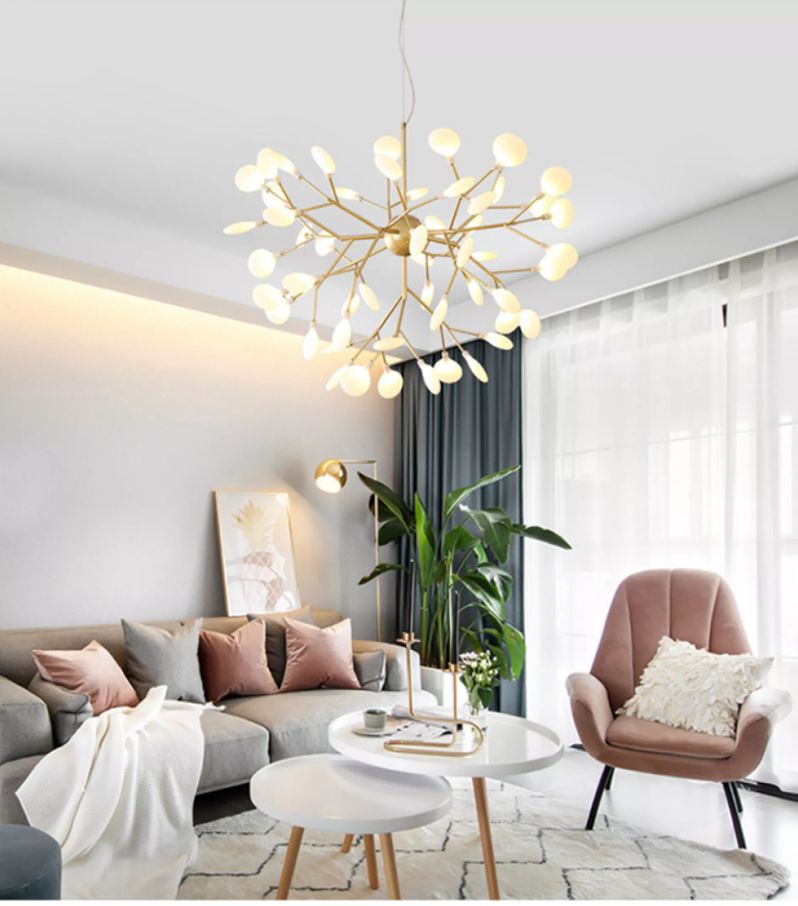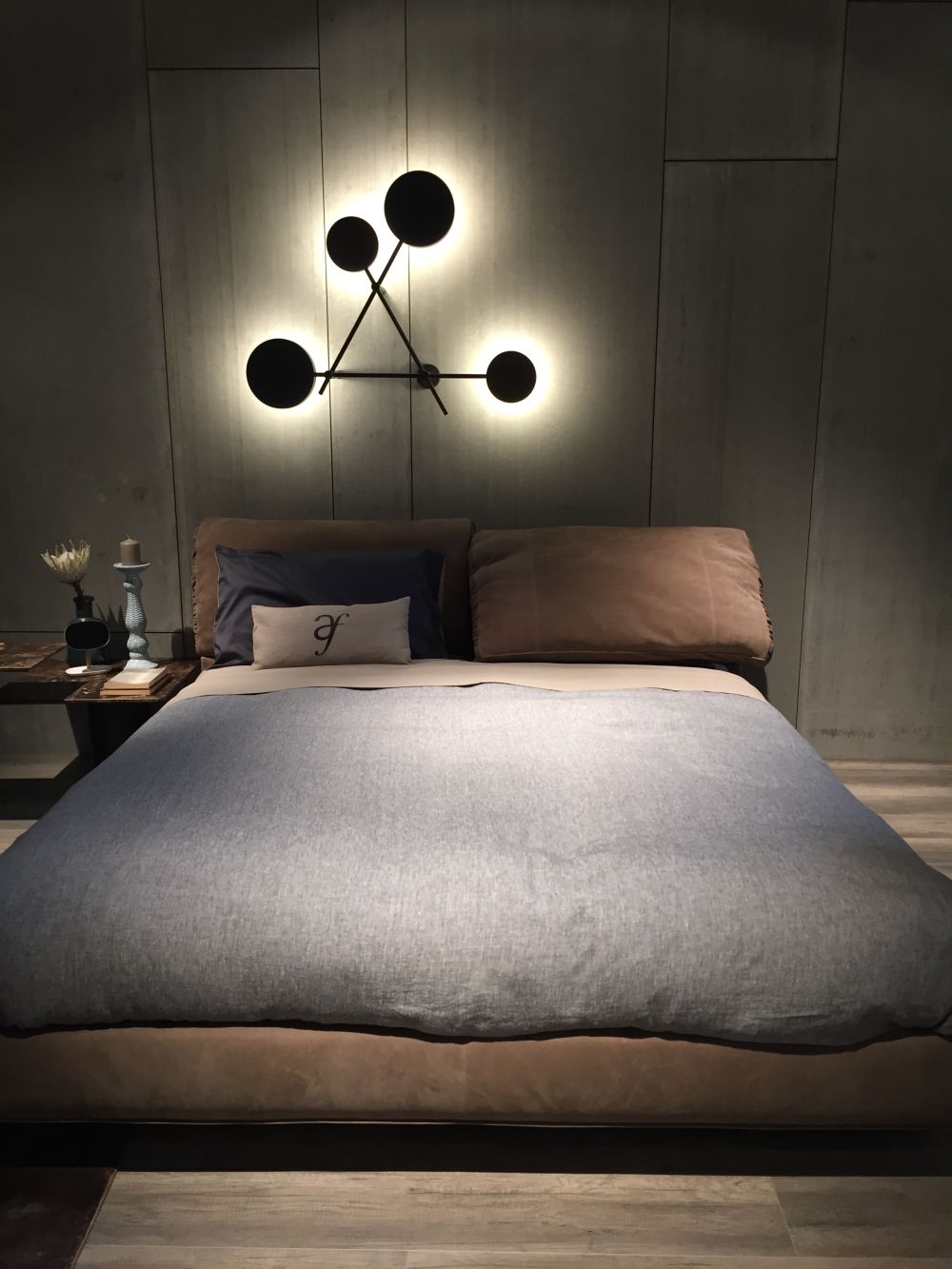Ambient Lighting: What It Is and How to Use It Effectively
Ambient lighting is the foundation of any well-lit space. It provides general, overall illumination that makes a room usable and comfortable at any time of day. Unlike task or accent lighting, ambient light fills the room with a soft, even glow.
Ambient light, also called general lighting, is the soft, overall illumination that fills a room and makes it functional. Unlike task or accent lighting, which focus on specific areas, ambient light provides a uniform glow that covers the entire space.
Sources of ambient light vary by setting. Outdoors, it comes from the sun, moon, and sky. Indoors, it includes ceiling fixtures, wall sconces, floor lamps, and reflected light from surfaces. Some fixtures, like table lamps, can serve both ambient and task lighting purposes depending on how they’re used.
| Source | Description | Notes / Best Use |
|---|---|---|
| Natural Sunlight | Indirect daylight entering through windows. | Varies by season, time, and window size; maximize with large or strategically placed windows. |
| Moonlight | Soft light from the moon during nighttime. | Creates a calm, relaxing atmosphere at night. |
| Skylight | Diffused light from the sky, not direct sunlight. | More gentle than sunlight; ideal for even daylight indoors. |
| Reflections | Light bouncing off walls, ceilings, floors, or furniture. | Light-colored surfaces with high LRV enhance ambient brightness. |
| Ceiling Lights | Includes chandeliers, pendants, flush mounts, and recessed fixtures. | Often decorative; doesn't fully light corners alone—needs supplementing. |
| Wall Sconces | Fixtures mounted on walls that provide indirect or upward/downward lighting. | Great for hallways, entryways, or accent walls. |
| Floor Lamps | Freestanding lights that can emit general or directed light. | Choose cloth or translucent shades for more ambient coverage. |
| Table Lamps | Smaller lamps placed on surfaces. | Cloth or frosted shades offer ambient lighting; solid shades are more task-focused. |
| Cove Lighting | Hidden lighting in architectural ledges or recesses. | Soft, indirect glow; enhances architectural details. |
| LED Strips | Flexible light strips for accenting walls, ceilings, or furniture. | Adjustable color temperatures; great for modern, mood-based ambient lighting. |
Quick Tips for Balancing Ambient Light
- Match light to room size – Larger or oddly shaped rooms need more sources.
- Think function – Brighter for workspaces, softer for relaxing.
- Use light surfaces – They reflect more light.
- Layer sources – Combine ceiling, lamps, and wall lights.
- Maximize daylight – Use sheer curtains.
- Add dimmers – Adjust brightness as needed.
- Pick warm tones – 2000K–3000K for cozy feel.
- Reassess often – Update lighting with room changes.
Types of Light to Layer with Ambient Light
- Task Lighting – Focused light for work areas (e.g. desk lamps, kitchen counters).
- Accent Lighting – Highlights features like art or architecture.
- Decorative Lighting – Stylish fixtures like chandeliers that also add glow.
- Under-Cabinet Lighting – Brightens kitchen and display areas.
- Specialty Lighting – Designed for specific needs, like art lighting.
Ambient Lights for Living Room

Consider the light in this living room; it has four sources of ambient light that contribute to the overall balance in the room and provide different functions.
The gorgeous chandelier provides an impressive focal point in the room as well as soft light throughout the room. The large window brings the advantage of natural light. The lamp beside the sofa functions as both ambient and task lighting for reading or small detail work.
Ambient Dining Room Light

In a modern dining room like this one, too many extra lighting sources add visual clutter that detracts from the design. This dining room has a stunning chandelier to provide the majority of the ambient light in the room. However, the designer has also added inconspicuous recessed can lights to light up the dark corners as needed.
Bedroom Ambient Lighting

A combination of different kinds of light in the bedroom is essential for general tasks and bedtime preparation. The chandelier provides general light and a focal point. The bedside lamps have a cloth shade, so these give general light as well as task lighting for reading.
Ambient Lighting in Open Floor Plans

Open floor plans are popular in the current era. They provide flexibility in the way you use your space and have a light and airy style. However, the lighting sources must be adequate to keep the space illuminated.
This open room utilizes both track lighting and a pendant light. Also, the homeowners have made an effort to incorporate as much natural light as possible with large windows and skylights.
Ambient Wall Lighting

This dining room features an LED chandelier that provides light for the table but is not sufficient for the overall room. Wall lights are a soft form of ambient light that works to light up the areas that the chandelier does not reach. Wall light works well with contemporary and minimalist design styles.




